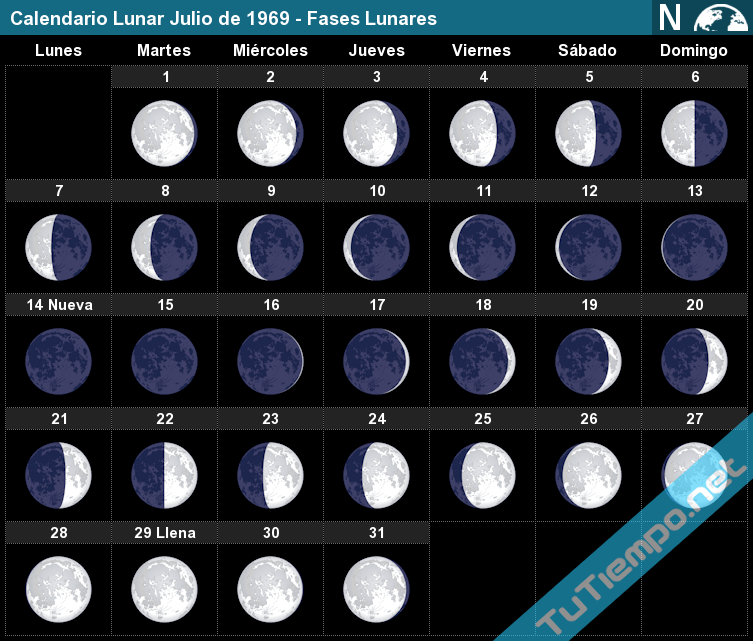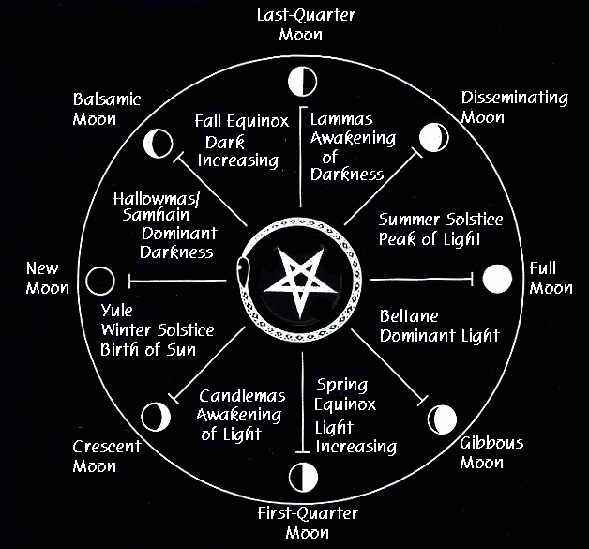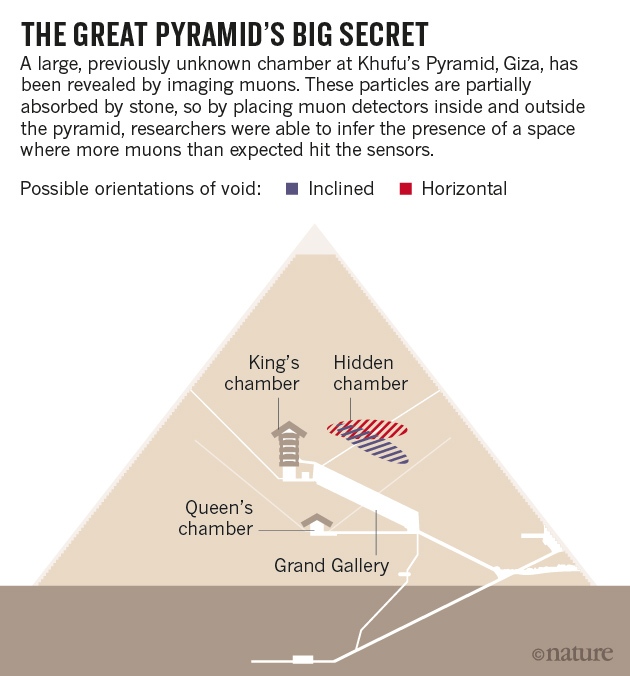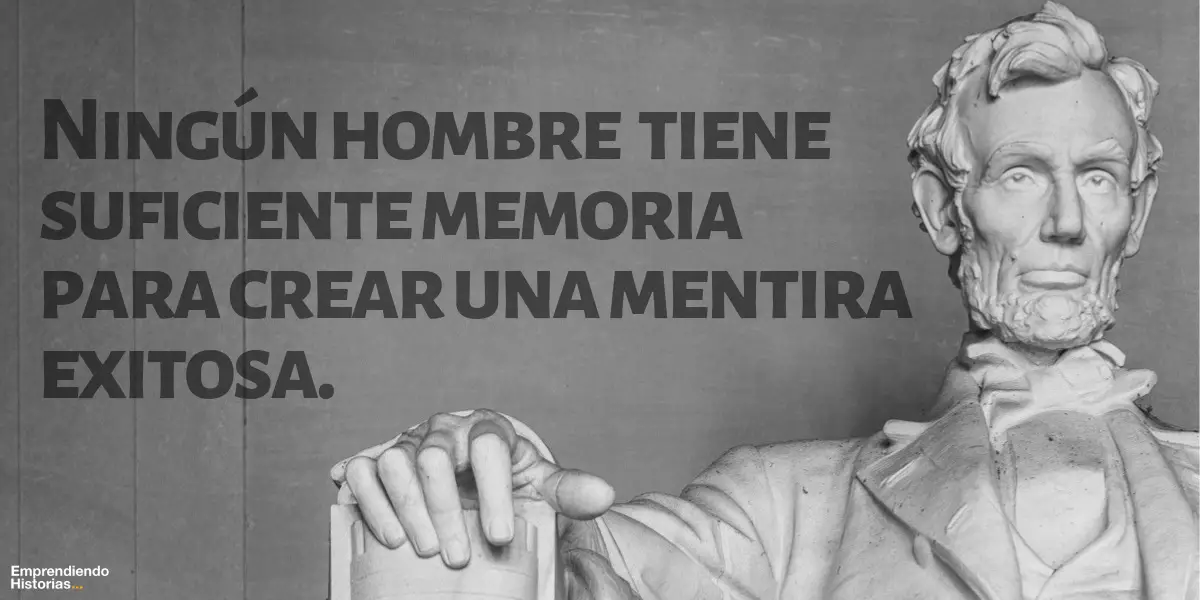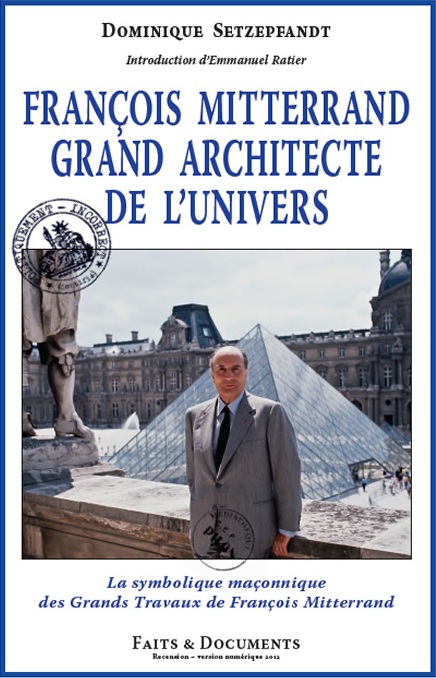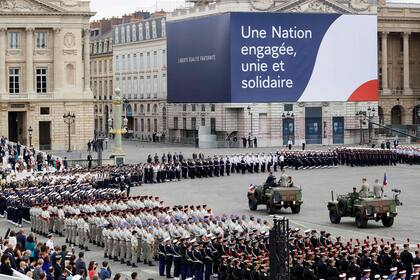|
|
Astronomical alignment[edit]
Looking east through nave on 23 June 1976, two days after the summer solsticeMary Magdalene's relics in the crypt
In 1976, Hugues Delautre, one of the Franciscan fathers charged with stewardship of the Vézelay sanctuary, discovered that beyond the customary east-west orientation of the structure, the architecture of La Madeleine incorporates the relative positions of the Earth and the Sun into its design. Every June, just before the feast day of Saint John the Baptist, the astronomical dimensions of the church are revealed as the sun reaches its highest point of the year, at local noon on the summer solstice, when the sunlight coming through the southern clerestory windows casts a series of illuminated spots precisely along the longitudinal center of the nave floor.[13][14][15][16][17]
|
|
|
|
|
https://grillcollection.com/products/napoleon-16-apollo-200-charcoal-grill-3-in-1-smoker-and-grill |
|
|
|
|
I can recommend every amateur historian and Bonapartofile to read Jean-Baptiste Pérès. We chase dreams. Napoleon never existed. He’s fake news. A myth. Just like, say, Santa Claus, Homerus, William Tell, Robin Hood and King Arthur. Forget him.
I once bought Pérès’ essay “Comme quoi Napoléon n’a jamais existé” in French, that language of love, but found an English version today. For the busy Napoleonist, here’s the management summary of this brilliant satire.
Napoleon Bonaparte, of whom so much has been said and written, never even existed. He is nothing more than an allegorical personage. He is the personification of the sun ; and we can prove our assertion by showing how everything related of Napoleon the Great has been borrowed from the great luminary.
Let us see briefly what we are told of this remarkable man. We are told :
– That he was called Napoleon Bonaparte:
– That he was born in an island in the Mediterranean sea ;
– That his mother’s name was Letitia-;
– That he had three sisters and four brothers, three of whom
were kings;
– That he had two wives, one of whom bore him a son ;
– That he put an end to a great revolution;
– That he had under him sixteen marshals of the empire, twelve
of whom were in active service;
– That he prevailed in the South, and was defeated in the North;
To conclude, that after a reign of twelve years, begun upon his arrival from the East, he departed, and disappeared in the Western seas.
It remains for us to ascertain whether these various details are borrowed from the sun, and we hope that every reader of this disquisition will rise convinced that this is the case.
What’s In A Name?
Pérès notes that Sun=Apollo and Napoleon sounds like Apollo. “It is unquestionable that the word Apollo means Exterminator; and it seems that this name was given by the Greeks to the sun on account of the injury it did them before Troy, where a part of their army perished from the excessive heat
(…).Now, Apollo is the same word as Apoleon. They are derived from Apollyo, or Apoleo, two Greek verbs which are really the same, and which mean ” destroy,” ” kill.” ” exterminate.”
But why is it N Apoleon, Apollo with an N? Pérès:
(…) the real name of this supposed hero was Neapoleon, or Neapolion. This is more particularly to be seen on the column of the Place Vendome. Now, this extra syllable makes no difference whatever. The svllable, no doubt, like the rest of the name, is Greek ; and in Greek ne, or nai, is one of the strongest affirmations, equivalent to our veritably, or yea. Whence it follows that Napoleon means Veritable Exterminator, Veritable Apollo ; it means, in truth, the sun.
Bonaparte is, of course, the good part, in other words, “the light”, as opposed to malaparte, darkness.
Born In The Bayou
Just like Apollo, Napoleon was born on an island in the Mediterranean. Delos wonderfully corresponds to the mythical island described in Greek mythology.
Pausanias, it is true, calls Apollo an Egyptian divinity (…) He designed to inform us that the Egyptians worshipped Apollo, and that establishes yet another connection between Napoleon and the sun; for Napoleon is said to have been held in Egypt to be invested with supernatural qualities, to have been regarded as the friend of Mahomet, and to have received homage partaking of the nature of adoration.
Son of Leto, aka The Dawn
Napoleon’s mother was named Letitia, which is the Roman translation of Leto, the mother of Apollo, Pérès writes. Napoleon had 3 sisters – corresponding with the three Graces from Greek mythology.
Brother Of The Four Seasons
Napoleon had four brothers: three were king and one of them a Prince (Lucien, Prince of Canino).
Of Napoleon’s four brothers, three, they tell us, were kings; these three kings are Spring, who reigns over the flowers; Summer, who reigns over the harvest; and Autumn, who reigns over the fruit. As these three seasons derive all their potent influence from the sun, we are told that Napoleon’s three brothers held
their sovereignty at his hands, and reigned only by his authority. And when it is added that of Napoleon’s four brothers one was not a king, it is because one of the four seasons Winter, reigns over nothing.
Napoleon Gave Us Colour
Pérès writes how the winds come “from northern climes, discolor our land, and cover it with a detested whiteness”
This has given rise to the fabulous account of the invasion of the northern nations into France, where they are said to have done away with a parti-colored flag adorning it. and to have substituted a white one which entirely covered it, after the exile of the fabulous Napoleon. It would be idle to repeat that this is merely emblematical of the rime that the winds from the north produce in the winter, and which obliterates the charming colors that the sun produced in our land, before he waned and departed from us. It is easy to see the analogy of all these things with the ingenious fables conceived in our century.
Husband Of The Moon And The Earth
According to these same fables, Napoleon had two wives; hence two wives have been attributed to the sun. These two wives are the moon and the earth : the moon according to the Greeks (Plutarch is our authority), and the earth according to the Egyptians
(…) Even so the birth of the supposed son of Napoleon has been fixed at the 2Oth of March, the period of the vernal equinox, because in the spring agricultural produce undergoes its most important phase
of development.
Napoleon’s French Revolution is Apollo’s Python
Napoleon ended the terror, aka the “Hydra of the French Revolution”. Apollo slew the Python, an enormous Serpent, as first exploit. Another similarity, Pérès writes. Besides,
revolution is obviously derived from the Latin word rwolutus, which denotes a curled-up serpent. The Revolution is the Python, neither more nor less.
The Twelve Marshals Of The Zodiac
Pérès writes:
The celebrated warrior of the nineteenth century had under him, we are told, twelve marshals at the head of his armies, and four were not in active service. Now, the twelve first are obviously the twelve signs of the zodiac, marching under the orders of the sun Napoleon (…) The four others, in all probability, are the four cardinal points, which, fixed amid universal motion, are very well symbolised by the inactivity of which we have spoken. Thus, all these marshals, active and inactive, are purely symbolical beings, with no more reality than their leader.
Napoleon Followed The Course Of The Sun
Pérès writes that we are told that “this leader of so many brilliant armies overran in triumph the countries of the south, but that, having penetrated too far north, he was there unable to maintain himself. Now, these details precisely apply to the sun’s course.”
This, then, is the material from which has been drawn Napoleon’s imaginary northern expedition to Moscow, together with the humiliating retreat by which it is said to have been followed. Thus everything we have been told of the success or defeat of this strange warrior is nothing more than a series of allusions to the course of the sun. Finally, and this needs no explanation, the sun rises in
the east and sets in the west, as all the world knows (…)That, then, is all we are to understand when we are told that Napoleon came by sea from the east (Egypt) to reign over France, and that he disappeared in the western seas after a reign of twelve years. The twelve years are nothing more than the twelve hours of the day during which the sun shines on the horizon.
Napoleon is nothing more than an image of the sun. And in truth he is nothing more, Pérès concludes.
His name proves it; his mother’s name proves it ; his three sisters, his four brothers, his two wives, his son, his marshals, his exploits. all prove it. It is proved, moreover, by his birthplace; by the regions whence we are told, he came before entering on his career of dominion; by the time he employed in traversing those regions; by the coun tries where he prevailed, by those where he succumbed; and by the place where he vanished, pale and discrowned ‘
It has, then, been proved that the supposed hero of our century is nothing more than an allegorical personage, deriving his attributes from the sun. It follows that Napoleon Bonaparte, of whom so much has been said and written, never even existed ; and this fallacy, into which so many people have fallen headlong, arises from the amusing blunder of mistaking the mythology of the nineteenth century for history.
So, remember, my fellow enfants de la patrie: he’s fantasy. Sigmar. The Emperor. Darth Vader. Forget him and paint dinosaurs instead. They’re more historic than this Ghost of Christmas Past…
https://amsterdamwar.game.blog/2021/11/27/the-truth-napoleon-was-a-hoax/ |
|
|
|
|
https://www.lanacion.com.ar/el-mundo/coronavirus-14-julio-atipico-macron-lanza-masivo-nid2397229/ |
|
|
|
|
Macron hosts downsized Bastille Day, to outline crisis response plans
PUBLISHED : 14 JUL 2020 AT 18:45
 Military jeeps bore French President Emmanuel Macron and others to the Place de la Concorde in Paris for a downsized Bastille Day ceremony. PARIS (FRANCE) - French President Emmanuel Macron hosted a subdued Bastille Day ceremony on Tuesday to honour the country's medical workers amid the coronavirus pandemic, before outlining his response to the country's most severe health and economic crisis since World War II.
While jets performed their traditional flyovers over the Arc de Triomphe in Paris, authorities called off the annual military parade that marks the July 14, 1789, storming of the Bastille prison that launched the French Revolution.
Instead, Macron presided a scaled-down gathering of just 2,000 soldiers -- half the usual number -- at the Place de la Concorde, where several dozen doctors, nurses and others on the frontlines of the COVID-19 pandemic were given pride of place.
Several were in tears as a military troupe saluted them with the national anthem "La Marseillaise" to close the ceremony, as Patrouille de France jets flew over trailing red, white and blue smoke.
Macron personally thanked several of them as a light rain began to fall, a day after his government agreed an eight billion euro ($8.5 billion) package of pay hikes for nurses and careworkers.
He then donned a face mask to visit with guests that included Tedros Adhanom Ghebreyesus, director general of the World Health Organization.
Representatives from Germany, Switzerland, Austria and Luxembourg, the countries that took in 161 French virus victims at the height of the crisis, were also on hand.
- Interview -
Later Tuesday, Macron will hold a rare televised interview, reviving a July 14 tradition, to detail his plans for surmounting the crisis, even as fears grow of a second wave of COVID-19 cases that could again engulf hospitals.
He abandoned the ritual after taking office three years ago with a pledge to shake up politics as usual, but his new government is under pressure to prove it will rise to the unprecedented challenges.
Prominent doctors urged this week that face masks be mandatory indoors, while authorities have warned the virus appears to spreading faster in several areas as people let down their guard during summer holidays.
And despite billions of euros pledged to minimise the economic damage, questions remain over how the government will foster recovery from a recession expected to destroy hundreds of thousands of jobs.
Critics have accused the president of initially underestimating and then mishandling a crisis that has now caused more than 30,000 deaths in France, and so far Macron has limited himself to a few televised addresses since March.
And some health workers say the government has still not done enough -- protesters launched balloons near the Place de la Concorde bearing a banner that said "Behind the tributes, Macron is suffocating hospitals."
"The president is going to announce very significant actions," government spokesman Gabriel Attal told BFM television ahead of the ceremony.
- De Gaulle and 'Resilience' -
No crowds were allowed anywhere near the Concorde square to avoid contagion risks, and just 2,500 guests were invited to a ceremony where only two WWII tanks trundled noisily across the paving stones.
The flyovers along the Champs-Elysees avenue included an A400M transport plane that was used to evacuate COVID-19 patients from overwhelmed hospitals at the height of the crisis.
The flights were part of Operation Resilience that Macron launched in March, which also saw a military field hospital set up in hard-hit eastern regions of the country.
The ceremony also honoured the Resistance hero Charles de Gaulle on the 50th anniversary of the general's death, and the 80th of his famous appeal of June 18, 1940, to not give up the fight against the Nazi occupation.
Large portions of Paris will remain closed Tuesday, including parks near the Eiffel Tower, to avoid crowds for the Bastille Day fireworks, and most other cities have called off their shows altogether.
Please credit and share this article with others using this link: https://www.bangkokpost.com/world/1951292/macron-hosts-downsized-bastille-day-to-outline-crisis-response-plans. View our policies at http://goo.gl/9HgTd and http://goo.gl/ou6Ip. © Bangkok Post PCL. All rights reserved. |
|
|
|
|
French President Emmanuel Macron, center, poses with President-elect Donald Trump, left, and Ukraine’s President Volodymyr Zelenskyy at the Elysee Palace, Saturday, Dec. 7, 2024 in Paris. (AP Photo/Aurelien Morissard)
https://www.wdtn.com/news/politics/ap-politics/ap-trump-is-traveling-to-paris-for-notre-dame-cathedrals-reopening-celebration-will-meet-with-macron/
|
|
|
|
|
34 PhotosJuly 14, 20179:32 AM GMT-3
Trump in Paris
President Trump in the French capital at the invitation of French President Emmanuel Macron.
[1/34]
First lady Melania Trump and President Trump attend the annual Bastille Day military parade. REUTERS/Christophe Archambault/Pool
PARIS, FRANCE
[2/34]
French President Emmanuel Macron, President Trump and First lady Melania Trump. REUTERS/Gonzalo Fuentes
https://www.reuters.com/news/picture/trump-in-paris-idINRTX3BAMP/ |
|
|
|
|
President Donald Trump had another awkward encounter with the wife of a world leader when he exchanged a grabby handshake with Brigitte Macron and, a little later on, gave her an appreciative look and told her “You’re in such good shape. Beautiful.”
Madame Macron appeared to squirm a bit as Trump made the comment, as she was standing right next to his wife Melania Trump and in the presence of her husband French President Emmanuel Macron, according to reports.
The exchange was captured on a French official Facebook live stream. What was not captured was Melania’s reaction, as her back was to the camera. However, she appeared to move closer to Mme Macron in a protective way.
Trump’s latest addition to his long list of questionable comments about women occurred Thursday as he and Melania arrived at the Les Invalides museum in Paris.
In some ways, it appeared that Trump forgot that he’s now president of the United States and not the impresario of one of his Miss Universe pageants, where he often appraised women on their looks.
But perhaps, in his blundering, blustery, retro-paternalistic way, the 71-year-old former reality TV star was trying to pay a compliment to Macron’s wife, whose age is a hot topic in France. She’s 64 while her husband is 39.
This awkward exchange came after the Trumps pulled up to the museum in their limousine and stepped up to greet the French first couple. When it came time for Trump to greet Mme Macron, the two extended their hands to one another — fumbling to make contact for a handshake — before they embraced for the traditional Parisian-style kiss, once on each cheek.
Then Trump took Mme Macron’s hands for a prolonged grip, in which he appeared to jerk her left arm towards him as she appeared to be struggling to get him to let go.
https://www.eastbaytimes.com/2017/07/13/donald-trump-tells-french-first-lady-shes-in-such-good-shape/ |
|
|
|
|
Like earlier pointed out, 'great star', 'burn', and 'seven' relate to Sirius. Now we can associate the "great star" with the Place Charles de Gaulle (Arc de Triomphe + the surrounding circular "square") since it was originally called the Place d'Etoile or 'Square of the Star', further linking the two quatrains II-41 and II-48.
From a slightly different angle, the fragments of Comet SL-9 'burned' Jupiter for about '7 days' in July 1994 and caught the attention of the world. The dates of this 'light show' were July 16~22 which roughly coincides with one of the key 'Sirius dates', July 20, mentioned earlier. Moreover, the dates July 16~22 very closely matches the dates of the historic Apollo 11 mission - first ever manned landing on the Moon - which were July 16~24 (and the landing occurred on the key date, July 20). This is meaningful especially when you consider the fact that Apollo the sun god could be identified with Horus the sun god (the son of Isis, and earlier associated with Sirius and Mars). Recall also that July 20 was associated with the 'flood' (of the Nile) in conjunction with Sirius. In Greco-Roman mythology, the god who causes the Flood to punish mankind is Jupiter - the very planet Comet SL-9 crashed into. And Jupiter was mythologically associated with the 'eagle' - the very name of the spacecraft that landed on the moon on that exact flood/Sirius date, July 20 (1969)!
|
|
|
|
|
SEPTEMBER 22/=22/7=MARY MAGDALENE S DAY=NEW YEAR
|
|
|
|
|
During your holidays in Carnac, discover the town’s religious heritage: its six chapels will take you on a journey through the centuries.
CHAPEL OF St Michel
The Chapel of Saint Michel de Carnac was rebuilt around 1813 and again in 1925 on the same plans as the original chapel dating from 1664. It is located on the highest point of the town, the tumulus hill. Below is St Michel devotional fountain. Women whose husbands were at sea, used to sweep the chapel in the direction they wanted to see the wind blow. Then they would to pray at the fountain and drink the water. St Michel’s saints day is in September. There is an orientation table at the high point of the hill.
Climb to the top of the tumulus and admire the breathtaking views of the ocean and islands.
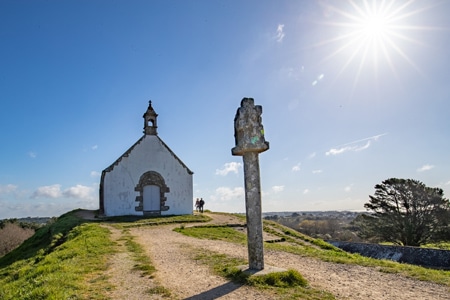
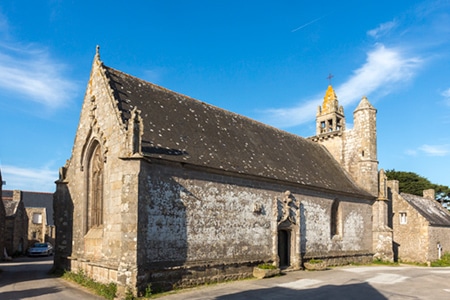
CHAPEL OF St Colomban
The Chapel of Saint Colomban, built in the flamboyant Gothic style, dates from the end of the sixteenth century. It is consecrated to the Irish monk Saint Columba, the patron saint of fools. To the east of the village, with its granite houses, is the fountain of Saint Colomban, which has two drinking pools. The wash house was a meeting place for the village women. South of the village, by the sea, are two chimneys, the remains of a forge.
The chapel is open all year round from 10 am to 6 pm. Entrance is free.
CHAPEL OF Kergroix
The Kergroix chapel dates back to the 16th century, although it was rebuilt in 1951. The Forgiveness of Our Lady of the Cross is celebrated in September. The chapel is open to the public all summer.
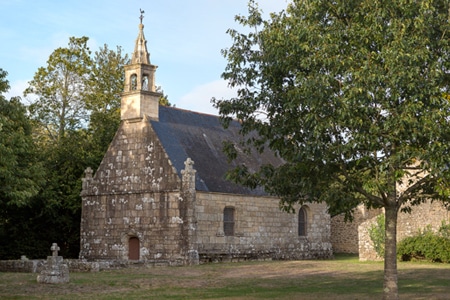
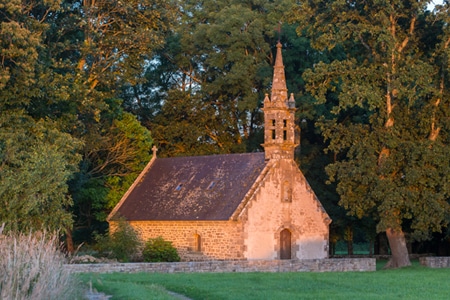
CHAPEL OF la Madeleine
The site of the chapel was once a leper colony. The present chapel was rebuilt in 1976. It is open and tended by local people in the summer. The most important service takes place in July. Next to the chapel, you will discover the fountain, the source of which is said to cure fever and skin diseases.
Continue your walk towards the Chapel of Hahon and the Chapel of Coet, both to the North of Carnac.
https://www.carnactourism.co.uk/discover/menhirs-and-heritage/heritage/carnac-chapels |
|
|
|
|
Carnac can refer to different things. Mostly the town located in Brittany, France. Famous for its neolithic & megalithic monuments

Carnac stones (Breton: Steudadoù Karnag)
In the NW of France. Carnacs monuments date back to prehistoric times and are a popular tourist attraction. They provide insight into the ancient history, the neolithic age, and the culture of the region.
These monuments are among the most famous and extensive megalithic sites in the world, and are estimated to date back to the neolithic period.
More than 3,000 prehistoric standing stones were erected by the pre-Celtic people of Brittany
They form the largest such collection in the world. (1)
From local granite, ancient ancestors, erected them
Probably around 3300 BC but some may be as early as 4500BC. (2)
Different people have different stories
Some associate the stones with 1st century AD romans, and later Christian occupations. Including that soldiers were turned to stone in pursuit of the pope. (3)(4)(5)
More commonly, local tradition claims. A legion was turned to stone by the popular wizard Merlin
From King Arthur legend.
The questions of the carnac stones are still being debated.
Currently at, and around the main site. The 3 major groups of stone rows are: Ménec, Kermario and Kerlescan
 
Ménec alignments have eleven rows of menhirs. 1,165 by 100 metres; or 3,822 by 328 feet
Some considered stone circles made at either end. Especially in the west. The largest stones are 13 feet or 4 meters. It lowers a bit in the middle and rises again in the extreme eastern end.
 
Kermario alignment is 10 columns. Spread about 1300 meters or 4300 feet long
More of a fan like layout. 1029 stones are found in 10 columns. It is also believed a stone circle was here. In the east. Revealed by satellite photography. (6)

Kerlescan alignments is 13 lines. With total length around 800 meters (or, 2600 ft)
A smaller group of 555 stones. Exists further to the east of the other two sites. The stones here also vary in size from about 80cm (or 2 foot 7 inches) to 4 meters, or 13 feet. (7)
Petit-Ménec alignments are much smaller and covered in the woods (8)
There are also three known tumuli
They are: Carnacéen, Saint-Michel, Tumiac and Mané-er-Hroëk (9)
From the Carnac and Morbihan area. Carnacéen maybe around 7000 years old Containing a burial chamber, and one individual. Callaïs jewelry, stone arm rings and polished stone axe heads from the Italian alps were found too.
Because jade is a hard stone. The axe heads 46 cm in length. Would have taken over one thousand hours to produce.

Saint-Michel is a tumulus constructed between around 7000 and 5400 years ago
At its base it is 125 metres or 410 ft long; 50 metres (160 ft) wide; and, 10 metres or 33 ft high. (10). To produce. It required 35,000 cubic metres (46,000 cu yd) of stones and earth.
With its known neolithic and prehistoric significance. A chapel was built on top of the Tumulus in 1663
The current building is an identical reconstruction of the 1663 chapel, built in 1926.
Tumiac is known as Caesars mound because of its location as a observation tower during the Veneti war
South of the Gulf of Morbihan. In 1853 archaeologists excavated a site, and carbon 14 dated it to 4790 or 4530 BC. The tumulus, elliptical and circular in shape. Is made of layers of clay. It is 50 meters wide; and, 15 meters in height. It contains several rectangular burial chambers. With monolithic supports and quartz slabs. It also had jadeite axes. Firbolite azes and callaïs beads.

Mané-er-Hroëk is a rectangular burial vault of about 5m by 3m. Covered with two slabs. On a 100x60mx8m mound
Many stone axes, and jewelry including callaïs were found here. Its modern entrance is an addition.
There are dolmens in the area too
They are: Er-Roc’h-Feutet, La madeleine, Kercado, Mané Brizil, Kerlescan, Mané-Kerioned, Crucuno and Crucuno stone rectangle

Er-Roc’h-Feutet
An enormous cover stone covers the chamber, and the passageway still has its capstones. Near La Madeleine.
La Madeleine is 12x5m with a broken capstone
Kercado is almost 100 feet wide. It was previously surrounded by stone circle
Down its 21 foot main passageway. Neophite gems, beads, human and animal teeth and numerous artifacts were found. Believed to be constructed around 4600 BC.

Mané Brizil
Kerlescan
A roughly rectangular mound, with a capstone remaining, and entry from the south.
Kermarquer
On a small hill, has two separate chambers.
Mané-Kerioned is a unique group of 3 dolmens. Once covered by a tumulus
Crucuno is a classic dolmen. 1.8 meter pillars supporting a 40 ton tablestone
Crucuno stone rectangle has 21 menhirs. From about 3 to 8 feet height
Other menhirs, and formations that do not fit into categories
There’s also the manio quadrilateral, and manio giant
Manio quadrilateral, Is 121 feet long and 23-33 feet wide
Believed to have a central mound. Or, originally be a “tertre tumulus”.
Manio giant is near the quadrilateral. A single massive menhir
Over 6.5 m or 21 feet tall. It overlooks the Kerlescan alignment.
In 1796, La Tour d’Auvergne attributed the stones to druidic gatherings.
Others said they were stars or planetary formations. And, some that they were used for workouts, and team building exercises.
Did you know? In 1834 Englishmen Francis Ronalds and Alexander Blair drew them. In Sketches at Carnac (Brittany). A popular book for the time.
In the 1860s, extensive excavation was performed
It was James Miln (1819–1881), a Scottish archaeologist and historian. He reported that fewer than 700 of the 3,000 stones were still standing, and that the sites should be further investigated. Eventually he engaged Zacharie Le Rouzic (1864–1939), a local boy, as his assistant.
The Musée de Préhistoire is now named in boths honour
Displaying the ‘largest collection of prehistoric exhibits’. Will over 6600 displays, from 136 sites.
The exact purpose and cultural significance of Carnacs megalithic monuments remain topics of scholarly study and debate. They’re a testament to the skills and beliefs of the prehistoric people who constructed them. It continues to attract tourists, and historians from around the world. Interested in understanding our historical and cultural significance.
https://neolithicarch.com/carnac/
|
|
|
 Primer Primer
 Anterior
42 a 56 de 56
Siguiente Anterior
42 a 56 de 56
Siguiente
 Último
Último

|
 Military jeeps bore French President Emmanuel Macron and others to the Place de la Concorde in Paris for a downsized Bastille Day ceremony.
Military jeeps bore French President Emmanuel Macron and others to the Place de la Concorde in Paris for a downsized Bastille Day ceremony.
